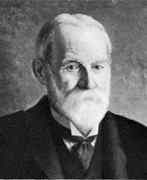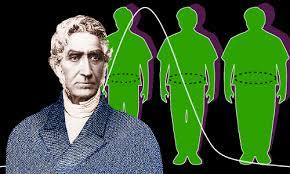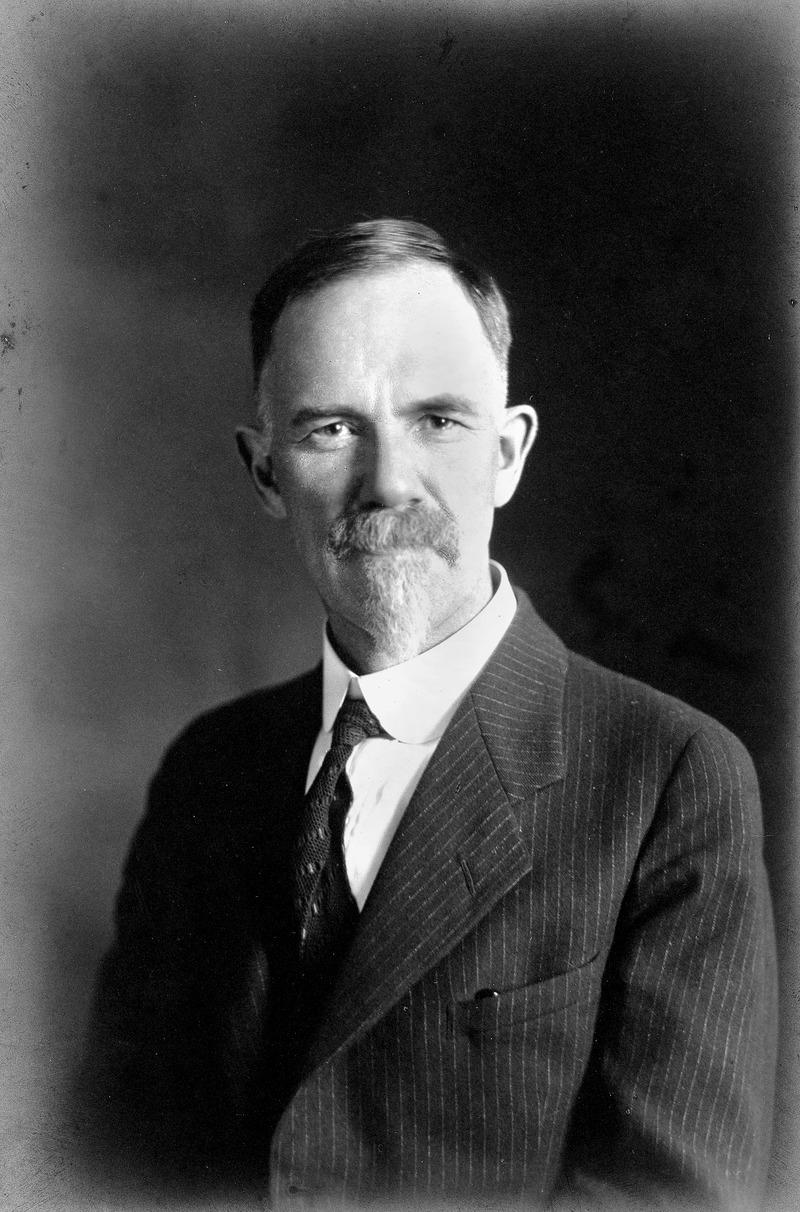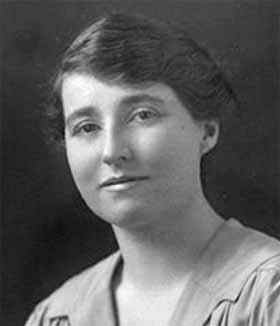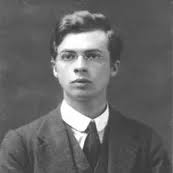1948-2023 . Retired Statistician, Poet, author, historian and campaigner. Co-founder of International Society for Bayesian Analysis and of the Edinburgh All Comers Writers Club and Participant in the 2019 UCL Eugenics Inquiry.
Search This Blog
Friday, 20 September 2019
Review of BAYESIAN PROBABILITY FOR BABIES
Thursday, 19 September 2019
ON TORIES, BORIS JOHNSON, EFFECTIVE EUGENICIST, AND THE CORONAVIRUS
Wednesday, 18 September 2019
SIR WINSTON CHURCHILL, EVIL EUGENICIST, RACIST WARMONGER, AND GENOCIDAL MANIAC
Churchill appears to have influenced the worst elements of the Tory Party (e.g. Eden, Thatcher, Cameron, IDS, Osborne, May, Johnson) to this very day, based upon the ideas of Darwinian
Genetics, and Galtonian Eugenics.
CHURCHILL AND EUGENICS (International Churchill Society)
EXCERPTS:
When he was Home Secretary (February 1910-October 1911) Churchill was in favor of the confinement, segregation, and sterilization of a class of persons contemporarily described as the “feeble minded.”
"a letter from Churchill to Asquith, written in December 1910, stating that “The unnatural and increasingly rapid growth of the Feeble-Minded and Insane classes, coupled as it is with a steady restriction among all the thrifty, energetic and superior stocks, constitutes a national and race danger which it is impossible to exaggerate.”
“The improvement of the British breed is my aim in life,” Winston Churchill wrote to his cousin Ivor Guest on 19 January 1899, shortly after his twenty-fifth birthday. Churchill’s view was reinforced by his experiences as a young British officer serving, and fighting, in Arab and Muslim lands, and in South Africa. Like most of his contemporaries, family and friends, he regarded races as different, racial characteristics as signs of the maturity of a society, and racial purity as endangered not only by other races but by mental weaknesses within a race
When the commission reported in 1908 to the Liberal Government-which had come into office at the end of 1905, and of which Churchill was a Cabinet Minister-it recommended compulsory detention of the mentally “inadequate,” as well as sterilisation of the “unfit,” so that it would be impossible to have children and thus perpetuate what were then seen as inherited characteristics.
Between 24 and 30 July 1912, a month after the Second Reading of the Mental Deficiency Bill in Parliament, the first international Eugenics Conference was held in London, and was attended by four hundred delegates. Churchill was a Vice-President of the Congress, and Alexander Graham Bell, the inventor of the telephone, was one of its directors, as was Charles Eliot, a former President of Harvard, and the Regius Professor of Medicine at Oxford, Sir William Osler.
See also CHURCHILL AND THE STERILIZATION ISSUE
THE TEN GREATEST CONTROVERSIES OF WINSTON CHURCHILL'S CAREER
EUGENICS ARCHIVES
RACIST WARMONGER
RATIONAL WIKI
THE REAL WINSTON CHURCHILL
FROM THE CRIMES OF BRITAIN
And there's still lots of Eugenics in the Conservative Party today
THE CONSERVATIVE PARTY'S EUGENICS PROBLEM
Sunday, 15 September 2019
Dr. Franz Hildebrandt, friend and inspiration to Dietrich Bonhoeffer
I am currently reading this inspirational book, which has been lent to me by Rev. Hildebrandt's daughter. Hildebrandt held so steadfastly to his principles of truth and morality that he was prepared to go to prison for them, for example the principle that Christ Jesus reigned in Nazi Germany, more so than Adolf Hitler..His Ph.D. dissertation inspired Bonhoeffer's understanding of Christ's presence, He was a pastor and hospital chaplain in Edinburgh, Scotland from 1968 to 1985, and he should be an inspiration to all of us during the current troubled pre-Brexit times.
I referred to both Hildebrandt and Bonhoeffer during a short ministry to South Edinburgh Quakers on Sunday 15th October 2019, and this seemed to in part inspire four further ministries during the same hour of joint spirituality.
Dietrich Bonhoeffer (1906-1945)
AMAZON BOOKS BY FRANZ HILDEBRANDT
ORAL HISTORY INTERVIEW WITH FRANZ HILDEBRANT (VIDEO)
From Wikipedia:
From Gracewing:
Click also on: Dietrich Bonhoffer Portal.
From Bonhofferblog:
THE PRESENCE OF CHRIST IN KARL BARTH, FRANZ HILDEBRANDT AND DiETRICH BONHOFFER
by Michael De Jonge
Publications[edit]
- Franz Hildebrandt, Est: Das Lutherische Prinzip. Göttingen: Vandenhoeck & Ruprecht, 1931.
- Dietrich Bonhoeffer & Franz Hildebrandt, Glaubst du, so hast du: Versuch eines Lutherischen Katechismus (1932). Later published in: Dietrich Bonhoeffer, Gesammelte Schriften, Volume 3, Munich: Kaiser, 1966, pp. 248–257.
- [anonymous] Martin Niemöller und sein Bekenntnis. Zollikon: Verlag der Evangelischen Buchhandlung, 1938; English translation: Pastor Niemoller and his Creed. London 1939.
- Franz Hildebrandt, Theologie für Refugees: Ein Kapitel Paul Gerhardt. Issued by the Church of England Committee for "Non-Aryan" Christians. London: The Finsbury Press, 1940.
- Franz Hildebrandt (ed.), 'And other Pastors of thy Flock': A German tribute to the Bishop of Chichester, Cambridge: Cambridge University Press, 1942.
- Franz Hildebrandt, Melanchthon: Alien or Ally? Cambridge: Cambridge University Press, 1946.
- Franz Hildebrandt, From Luther to Wesley. London: Lutterworth Press, 1951.
- Franz Hildebrandt, Christianity according to the Wesleys: the Harris Franklin Rall lectures, 1954, delivered at Garrett Biblical Institute, Evanston, Illinois. London: Epworth Press 1956; Grand Rapids: Baker, 1996.
- Franz Hildebrandt (ed.), Wesley Hymnbook. Kansas City 1963.
- Franz Hildebrandt, I offered Christ: a Protestant study of the Mass. London: Epworth Press, 1967.
- Franz Hildebrandt and Oliver A. Beckerlegge (eds.), A Collection of Hymns for the use of the People called Methodists. (The Works of John Wesley, vol. 7), Oxford: Clarendon Press 1983; Nashville: Abingdon Press 1991.
Audio[edit]
- Dr. Franz Hildebrandt and Methodist hymns conducted by A.G. Dreisbach (with Denville Methodist Episcopal Church Choir). English Sound Recording: Music: Hymns: LP recording: 331⁄3 rpm ; 12 in., Madison, New Jersey 1959.
Monday, 9 September 2019
50 AND MORE PRE-EMINENT STATISTICIANS AFFILIATED WITH THE EUGENICS MOVEMENT
Pauline Mazumdar, Professor Emerita,
Galton was financed by his family of darkside Quakers who were into slavery, gun-running, and
dubious banking,
QUOTE: Looking at founder of eugenics- a white supremacist off shoot of Quaker**** Francis Galton, who is now subject of a bid to remove his name from a laboratory and a university which previously idolised his fake science, it is possible to trace his hereditary lineage back to the “friendly” cult. Francis Galton, the racist, was the Grandson of Quaker gun maker Samuel Galton Junior, (there’s a bridge named after him in Smethwick). Yes that’s right- “a peace lover” who made weapons of war, just as Albright and Wilson were paid for making weapons of mass destruction in both world wars which killed and maimed.
Friend's House, London, Close to UCL campus,
THE FIRST INTERNATIONAL EUGENICS CONGRESS (Imperial Institute, South Kensington,
1912) was held in Galton's memory. It would having lasting horrific effects on the history of the
twentieth century.
“western civilization was in danger of collapse, since we were preserving the weak and ‘genetically undesirable’ and allowing them to breed at an alarming rate…Indeed the pauper pedigrees presented at the Congress…proved conclusively that the poor and the feebleminded were highly fecund and would one day inherit the earth unless wise men intervened with a programme of genetic measures” (Chitty, 2007, p. 38).
Imperial Institute, Imperial College Road
***************************************FG
Frank Edgeworth RSS President 1912-1914*
William Beveridge
Wilhelm Weinberg
Bruno de Finetti (ASSOCIATED), neo-fascist colleague of Gini and
Key individuals who worked for the Godfrey Thomson Unit for Educational Research include:
- Derrick Norman Lawley (1915-2012), a statistician renowned for his work on factor analysis and later Lecturer in Statistics
- William Gidley Emmett (1887-1985), statistical researcher and later Reader in Experimental Education
- Elsie Gwenllian Taylor (1922- ), a mathematical clerk, assistant lecturer and graduate of the B.Ed. course under Thomson
- Sheena Maxwell (nee Reside), a lecturer in Education and Mental Testing at Moray House
- James Maxwell, who completed most of the work on the follow-up studies of the SMS 1932 and 1947
- Albert E. G. Pilliner (1909-2003), leader of the Unit in the 1960s
He was Karl Pearson's research assistant.[2] Later he became a fellow at the Eugenics Laboratory of University College London.[3]
In 1906 he published "On the relation of fertility in man to social status".















